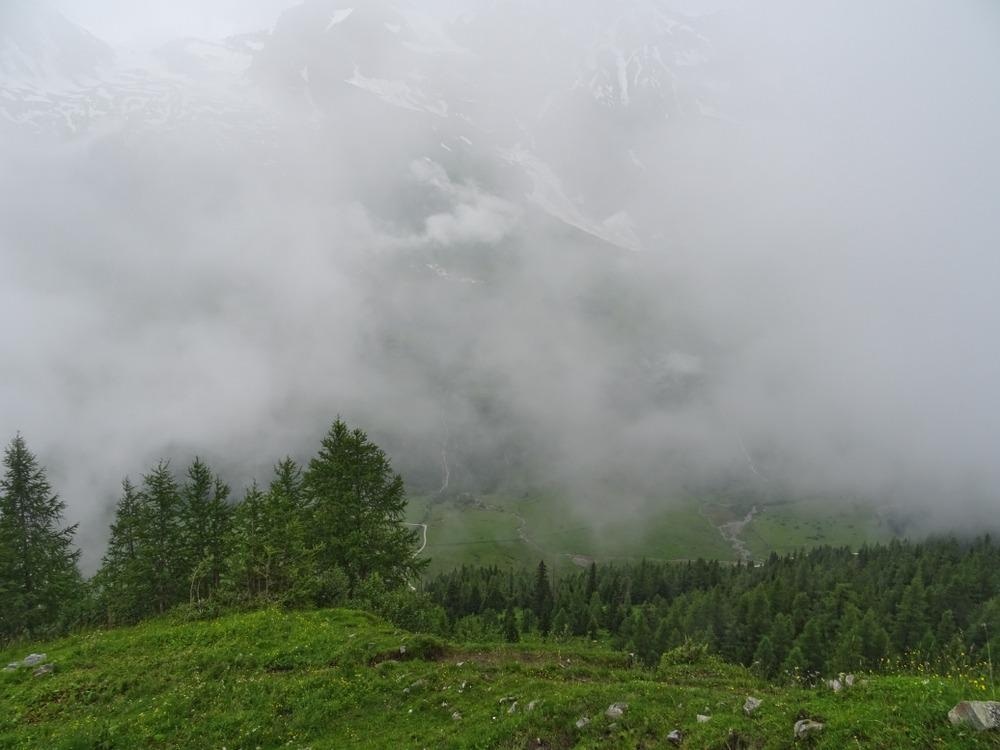Influenced by the Namib Desert beetle and leaf venation, a wettability-incorporated framework comprised of wettability-hybrid coverings and venation-like designs was developed and successfully manufactured using a straightforward, inexpensive, and environmentally friendly method in a study published recently in the journal Nano Letters.

Study: Design of a Venation-like Patterned Surface with Hybrid Wettability for Highly Efficient Fog Harvesting. Image Credit: OlegRi/Shutterstock.com
Collecting Water from Fog
Water shortage has long been an unsolved issue threatening the existence of life in countries prone to severe weather and drought. Furthermore, increased environmental contamination worsens the water crisis.
Fog is an underutilized and potential water resource that is found worldwide, even in arid regions. Fog particles are a hygienic and healthy resource of fresh water since they are collected from water vapors. As a result, fog collection is perhaps the most practical method of obtaining fresh water in dry places.
How Nature Utilizes Fog for Water Collection
Collecting water using biomimetic substances has recently received a lot of interest, thanks to species like desert beetles, cacti thorns, and spider silks. These organisms utilize a variety of techniques to maximize fog collection capabilities. Desert beetles, for example, have rough shells on their backs that are supported with variations in hydrophilicity and have been shown to boost water collecting effectiveness substantially.
Meanwhile, the complete use of gradient hydrophilicity and 3D structuring on cacti thorns has been shown to be an excellent way for increasing fog collecting capability.
Existing Studies and their Main Limitations
Initially, research on biomimetic fog collection technologies was focused on recreating wettability trends and architecture. However, as studies progressed, it became clear that the singular biomimetic technique was not quite ideal. As a result, revolutionary surface wettability components such as textured coatings, hydrophilic-gradient substances, a Janus membrane, and a lubricant-enriched surface were employed in tandem.
Prior work revealed an outstanding fog-particle collector based on an integrated Janus membrane and cone-shaped spines with microscale/nanoscale structures that could accomplish self-powered motion and water droplet-directed transportation. In another study, a biomimetic slick surface for droplet control was created using hollow hydrogel bump matrices and a lubricant-enriched reverse opal film that could collect water droplets by using capillary action.
These mechanism-integrated techniques often address the entire fog capturing procedure, encompassing water droplet collection, growth, and draining, and obtain the best outcomes by improving each step synergistically. Despite their remarkable performance, almost all of these designs need complicated preparatory protocol and costly components, making large-scale manufacturing and deployment difficult.
How this Research Took Inspiration from Nature
The authors presented a water collecting design influenced by the Namib beetle and leaf venation in this study. The Namib beetle can gather water from fog due to a mix of hydrophobic and hydrophilic wetting features on its shell. Furthermore, the replicated leaf venation arrangements functioned as an effective transportation mechanism.
Salient Features of the Design
In this study, the researchers described a wettability-incorporated framework made up of wettability-hybridized coverings and venation-like patterning that were developed and effectively produced using a simple method. This design considered the increase in water collection, coalescence, and draining, allowing for the development of ideal surface morphology for harvesting fog. In addition, setup tests were created for materials with varying hybridization ratios that were examined under the same settings.
The extensive hydrophilic spots readily captured fog droplets and retained them on the surface; the caught water droplets formed a three-dimensional structure and increased the area of contact with fog. Moreover, the venation-like patterning offered an efficient and well-planned route for water transportation and disposal.
The Results Speak for Themselves
The findings revealed that the designed wettability-incorporated surface readily increased the water absorption rate by up to 225.6 percent as opposed to the singular-wettability surface. The entire production procedure is straightforward, inexpensive, and environmentally benign, making it a dependable remedy for water scarcity in barren locations and wasted fog recycling in the industry.
Further Reading
Guo, J., Huang, W., Guo, Z., & Liu, W. (2022). Design of a Venation-like Patterned Surface with Hybrid Wettability for Highly Efficient Fog Harvesting. Nano Letters. Available at: https://doi.org/10.1021/acs.nanolett.2c00488
Disclaimer: The views expressed here are those of the author expressed in their private capacity and do not necessarily represent the views of AZoM.com Limited T/A AZoNetwork the owner and operator of this website. This disclaimer forms part of the Terms and conditions of use of this website.